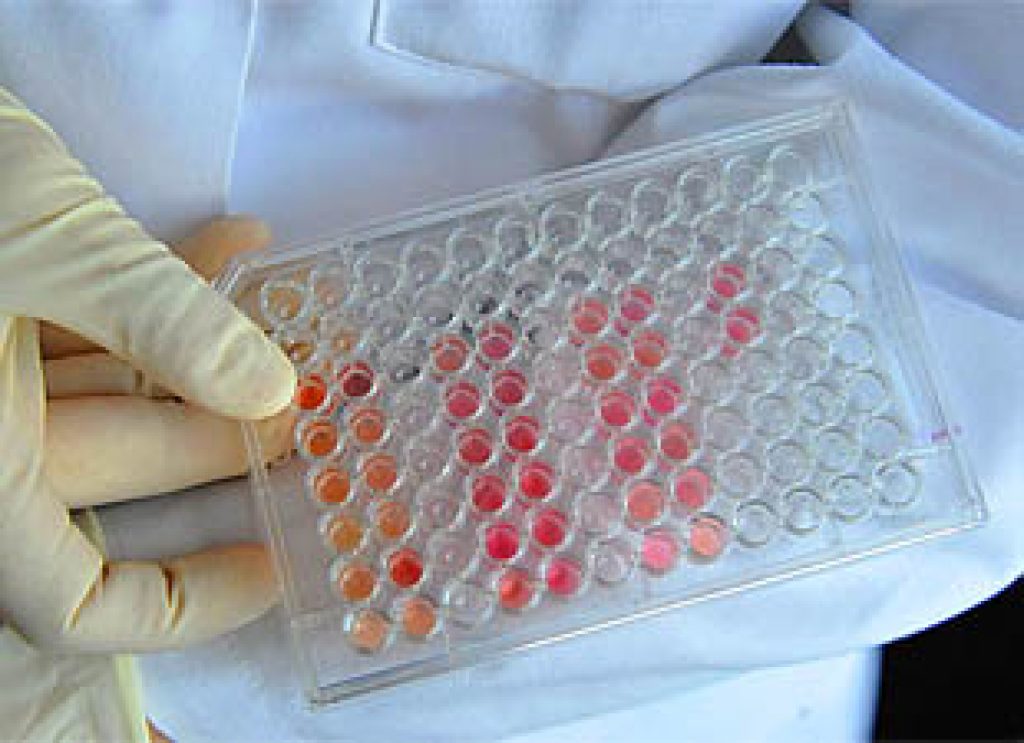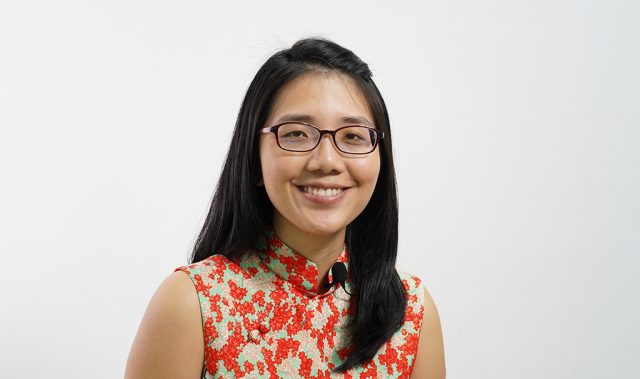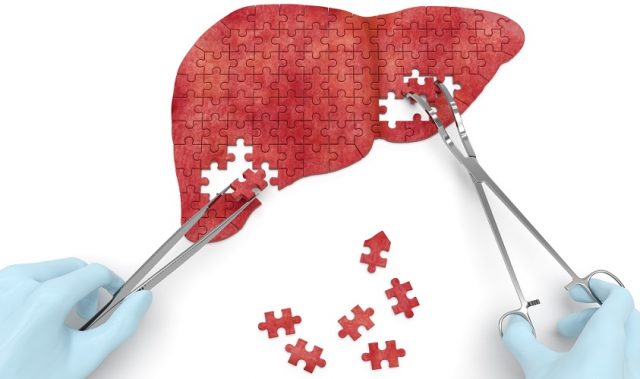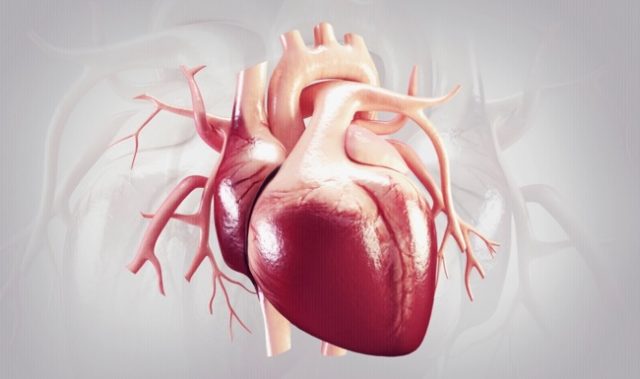
AsianScientist (Dec. 4, 2012) – Singapore is leading the regulatory harmonization for cell- and tissue-based therapeutic products (CTTs), says Dr. Kellathur N. Srinivasan, a senior regulatory specialist for advanced therapeutic products at the Health Sciences Authority (HSA), Singapore.
HSA is a statutory board of the Singapore Ministry of Health; it ensures that health-related products are regulated and meet appropriate safety, quality, and efficacy standards.
At a recent industry seminar organized by Exploit Technologies Pte. Ltd., the technology transfer arm of the Agency for Science, Technology and Research (A*STAR) Singapore, Srinivasan spoke mainly to an audience of scientists and clinicians working on potential cell therapies, who wanted to learn more about the regulatory hurdles and requirements needed to take a CTTs to the clinic.
CTT products are human cells, e.g. bone marrow derived mesenchymal stem cells, immune cells, and cells grown on matrices/scaffolds, that have therapeutic potential for a wide spectrum of applications, including blood and bone marrow transplantation, oncology, and even aesthetic purposes.
But several challenges exist in getting CTT products into the market, says Srinivasan. Manufacturing CTT products usually require complex and highly processes that affect the safety, quality, and biological activity of the product.
There are also challenges in product characterization in terms of purity, consistency, and potency. Occasionally, CTTs are custom-made for individual patients which leads to batch-to-batch variation.
More concerningly, Srinivasan said there was little or no harmonized terminology and technical requirements in this field.
“It is very important to harmonize the regulatory requirements – not the regulatory legal requirements but the scientific principles and technical requirements for cell therapy – because it is very diverse across the globe,” he said.
For example, Srinivasan says that a product can be regulated as a medicinal product in one country, a vaccine candidate product in another, and a transplant product in a third country.
To promote a strategic and coordinated approach to regulatory harmonization and capacity building efforts within the Asia-Pacific Economic Cooperation (APEC) region, APEC countries recently established the Regulatory Harmonization Steering Committee (RHSC).
HSA presented a high level concept paper which was endorsed by the RHSC meeting earlier this year. The paper proposed a strategic roadmap with inputs and comments from interested economies and agencies such as the U.S. Food and Drug Administration (FDA), the Thai, Korean and Taiwanese FDAs, the European Medicines Agency, Health Canada, and Therapeutic Goods Administration Australia.
Short-term roadmap goals for developing CTTs include a mutual and harmonized understanding of CTT-based therapies, and training programs and conferences.
Mid to long-term roadmap goals include strategies to stimulate and promote prospective regulatory convergence of technical requirements and scientific principles throughout the product life cycle.
Finally, Srinivasan highlighted the need to harmonize technical requirements at an initial stage rather than after regulatory divergences occur.
“Regulation of CTT products is still in its nascent stage in many regions across the globe, there is opportunity for prospective regulatory convergence at this early stage,” said Srinivasan.
——
Copyright: Asian Scientist Magazine. Photo: Sanofi Pasteur/Flickr/CC.
Disclaimer: This article does not necessarily reflect the views of AsianScientist or its staff.












